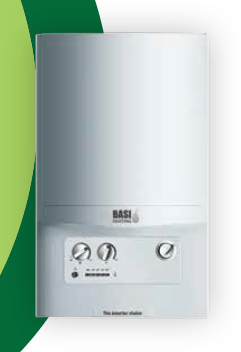In the United Kingdom, the cost of energy provision has risen by a staggering average of 36% over the past three years. Alarmingly, further increases of up to 50% have been predicted for the near future and the yearly charges of the “Big Six” may average over £2000. Due to these dire prophecies and the currently turgid economic climate, many consumers are now seeking to reduce the cost of their current energy consumption. Switching provider or arranging to freeze your pre-existing rate may seem like the most effective choices, and are well worth considering.
However, effectively managing your household power consumption and heat dissipation can help you to save hundreds of pounds per year on energy bills. Reducing your personal energy consumption also contributes to lowering our overall carbon dioxide emissions, aiding the environment. Here are five excellent ways to improve energy efficiency.
1. Improve your Insulation
Have you checked your houses insulation for gaps and weaknesses recently? A well insulated loft cavity together with wall cavity insulation could improve energy efficiency and save you around £365 per year, and reduce carbon emissions by 1.8 tonnes. This is particularly worth considering with older houses. Piecemeal construction and outdated or decaying insulation material can contribute heavily to wasted heat. Additionally, government subsidised loans are available for those looking to make improvements.
Under the nationwide Green Deal scheme, select lenders can offer you a lump sum of credit in order to improve your loft and wall insulation. Your subsequent loan repayments will be merged into your energy bills. Due to a “Golden Rule” clause, these repayments will track to the monetary gains made through your new insulation. The yearly repayments will never exceed the overall yearly savings an average household could expect to make.
2. Install a more energy efficient boiler
Is your current boiler more than three years old, or constantly malfunctioning? If so, it is worth checking the boiler’s current energy efficiency grade and estimated cost of replacement. If your boiler is graded D or lower, you should consider switching it out if it is affordable. Recent advances in thermal technology mean that your initial outlay could potentially be clawed back quickly over the following months.
The government has also pledged to partially fund the replacement of outdated heating equipment and improve energy efficiency. Under the Energy Companies Obligation, lower income and rural households may qualify for a full replacement grant for their outdated boiler or central heating subsystem. Contact BASI Heating to find out if your circumstances meet the criteria.
3. Keep Your Refrigerator And Freezer Full
It effectively “costs” more in energy to heat a dissipated gas (such as air) than solid matter, and solid or liquid matter conducts temperature far more effectively. These simple scientific principles apply heavily to how much your refrigerator and freezer are currently costing you in monetary terms.
Keeping both tightly packed (but not overloaded) with food and at a reasonable temperature will reduce the kilowatt hours eaten up by your cooling appliances significantly.
4. Turn Your Thermostat Down
Reducing the temperature of your home by a mere one degree can cut your heating bill by up to 10%. This act seems deceptively simple, but it is pertinent to remember that minute changes in your lifestyle will accumulate vast savings for you over time. Experiment by turning your thermostat down as low as is reasonably comfortable.
5. Unplug Or Switch Off At The Wall
Our modern world is rich in smaller electronic appliances. Such low-voltage devices can easily stack up in terms of power consumption. Laptops, DVD players, televisions and phone chargers still use electricity when left in standby mode or plugged in. Remembering to switch them all off at the wall when not in use can enormously reduce your overall power consumption.







